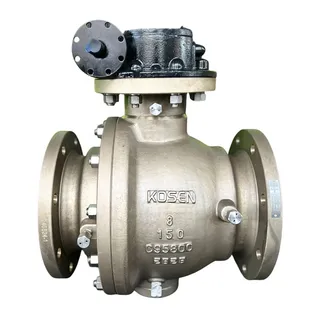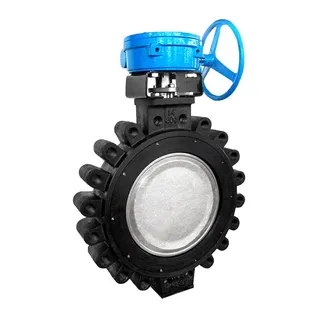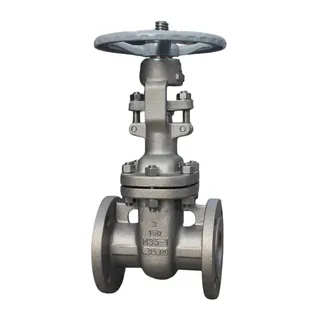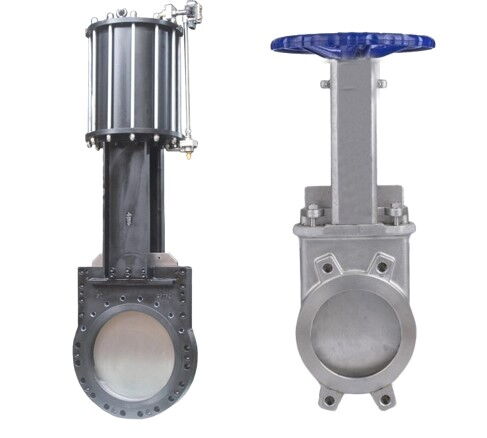
This article compares unidirectional and bidirectional knife gate valves, commonly used shut-off valves in fluid control systems across various industries such as water, oil, gas, and chemicals. Unidirectional knife gate valves are designed for single-direction flow, offering a simple sealing mechanism ideal for conventional fluids in low-pressure systems. However, they are prone to sealing failures when handling solid particles. In contrast, bidirectional knife gate valves accommodate two flow directions, providing superior sealing performance and reliability under higher pressures and complex fluid conditions. While bidirectional valves offer more flexibility and better performance, they come with higher costs and operational requirements. By understanding the differences in sealing design, installation requirements, and cost-effectiveness, users can make informed choices based on their specific application needs, ensuring improved system reliability and operational efficiency.
Knife gate valves are commonly used shut-off valves in fluid control systems. They are widely applied in various industries, such as water, oil, gas, and chemicals. Knife gate valves are divided into two types based on their sealing structure: unidirectional and bidirectional. These two types differ in sealing principles, installation requirements, stem forces, service life, and application areas. This article compares unidirectional and bidirectional knife gate valves. The goal is to help users understand their features and applications, so they can make informed choices.
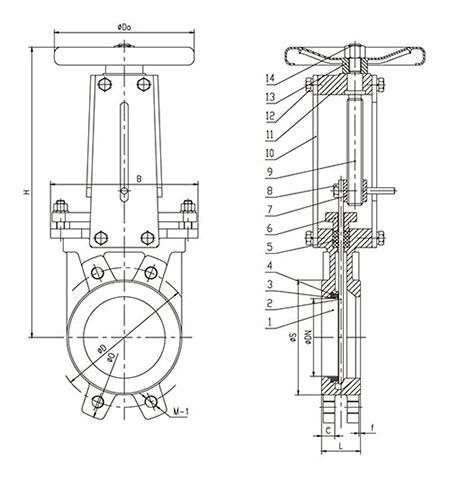
Unidirectional knife gate valves are designed so that the valve plate always faces the flow direction of the medium. This means the medium can only flow in one direction. Therefore, the installation must pay special attention to the flow direction. An arrow is usually marked on the valve body to clearly indicate the flow direction. This design limits the flexibility of the valve but simplifies the sealing structure and reduces the complexity of the valve.
Unidirectional knife gate valves use a wedge block to push the valve plate against the sealing ring. This principle is used to achieve sealing. The sealing ring is typically made from materials such as rubber, PTFE, or metal. It is embedded in a stepped groove in the valve body, and a metal compression ring holds it in place. During the opening or closing of the gate, the sealing ring maintains tight contact to prevent leakage.
The sealing performance of unidirectional knife gate valves depends on the tight fit between the valve plate and the sealing ring. When the valve is closed, the gate compresses the sealing ring into the groove, forming an effective seal. This design is simple and cost-effective. It works well for controlling most conventional fluids. However, these valves are prone to sealing failure or leakage when solid particles or deposits are present in the medium due to their cutting action.
Unidirectional knife gate valves are suitable for controlling fluids such as water, pulp, chemical liquids, and viscous slurries. This includes mining slurries, fly ash, and process fluids in sugar mills. Their simple structure, practicality, and low cost make them ideal for manual or automatic operation. These valves are especially suited for systems that require periodic cleaning and maintenance. They perform well in high-temperature and high-corrosion environments. This makes them suitable for harsh operating conditions, such as in chemical plants and paper mills.
Advantages: Unidirectional knife gate valves are easy to install, have a low cost, and work well for most conventional fluids. They are easy to operate, with either manual or driven control, and they are simple to maintain.
Disadvantages: These valves only seal in one direction, so the installation must consider the flow direction. They are also affected by solid particles or deposits in the medium, which can lead to leakage or sealing failure.
Bidirectional knife gate valves are different from unidirectional knife gate valves. They are designed to accommodate two flow directions. The gate plate can face or oppose the flow direction of the medium. This means that the installation does not need to consider the flow direction. This feature makes bidirectional knife gate valves more flexible, especially in systems where the flow direction may change.
Bidirectional knife gate valves use two movable valve seats to achieve sealing through higher pressure. This structure allows the valve to maintain a reliable sealing effect even under higher loads and pressures. The valve also uses elastic U-shaped sealing strips to ensure tight contact between the valve body and the gate.
The sealing principle of bidirectional knife gate valves depends on the cooperation between the two movable valve seats and the elastic sealing strip. When the valve closes, the gate moves downward. The lower edge of the gate contacts the sealing strip, compressing the strip and inserting it into the groove of the valve body. This forms the seal. When the valve opens, the gate moves upward, and the sealing strip springs back to its original position. This prevents medium residues and deposits, ensuring the valve does not become clogged or corroded over time. This design improves the sealing performance and service life of the valve.
Bidirectional knife gate valves are mainly used to control complex fluids, such as slurry, wastewater, and chemical liquids. Their bidirectional sealing design makes them suitable for both conventional fluids and higher pressures and loads. They are commonly used in municipal wastewater treatment, sugar mills, and the chemical industry. These valves effectively prevent the buildup of deposits in the medium, avoiding blockages or damage to the system. They are particularly suited for long-term operation in challenging environments.
Advantages: Bidirectional knife gate valves are not restricted by flow direction. This provides more flexibility during installation. They offer superior sealing performance and prevent leakage and medium deposition. These valves can handle higher loads and pressures, ensuring reliable long-term operation.
Disadvantages: Bidirectional knife gate valves are more expensive than unidirectional knife gate valves. Due to higher stem forces, more thrust and torque are required during operation, which may increase operational costs.
Although unidirectional and bidirectional knife gate valves look similar and have similar functions, they differ significantly in sealing design, stem forces, and application scenarios.
Sealing Method: Unidirectional knife gate valves use a wedge block to push the gate against the sealing ring, offering simpler sealing performance. Bidirectional knife gate valves, on the other hand, use two movable valve seats and elastic sealing strips to provide stronger sealing performance, especially for complex media.
Installation Requirements: Unidirectional knife gate valves must be installed according to the flow direction, while bidirectional knife gate valves can be installed in any direction, providing more flexibility.
Stem Forces: Bidirectional knife gate valves experience higher stem forces because they must withstand bidirectional pressure. Unidirectional knife gate valves have lower stem forces.
Cost and Maintenance: Unidirectional knife gate valves are more affordable and suitable for simple applications with lower pressures. Bidirectional knife gate valves are more expensive, but their long-term reliable performance often justifies the higher initial cost.
When selecting a knife gate valve, users should consider factors such as fluid type, system pressure, flow requirements, and installation space. If the flow direction is fixed and the sealing requirements are simple, unidirectional knife gate valves are more economical. However, if the system requires bidirectional flow or handles complex fluids, bidirectional knife gate valves are a better choice, especially in applications such as wastewater treatment, sugar mills, and slurry processing.
Unidirectional and bidirectional knife gate valves have significant differences in function, performance, and application scenarios. Unidirectional knife gate valves are cost-effective and suitable for conventional fluids and low-pressure environments. In contrast, bidirectional knife gate valves excel in handling complex fluids and high-pressure environments. They offer superior sealing performance and longer service life. By considering specific engineering requirements, users can choose the most suitable knife gate valve type, improving system reliability and operational efficiency.

